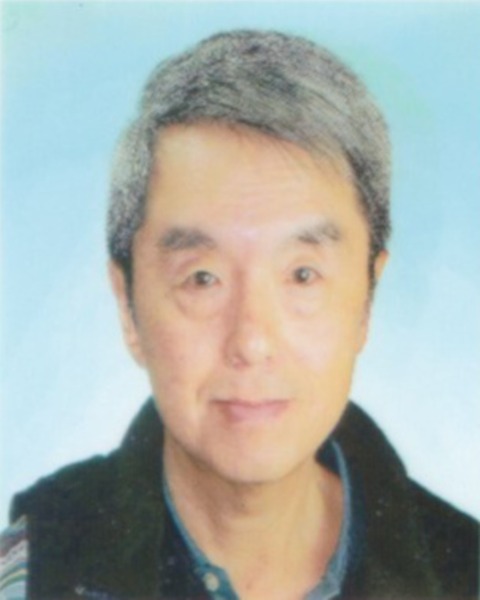All-In Pass
Student Explorer Pass
Extreme Temperature Automotive Testing
Wednesday, July 12, 2023
3:15 PM - 5:00 PM PDT
Location: Moscone South, Exhibition Level Room 9

Andrew Westall
Field Applications Engineer
Teradyne
San Jose, CA, United States
Ben Lok
Field Application Engineer
Teradyne
San Jose, CA, United States
Poster Presenter(s)
Abstract or Demonstration Description: This presentation analyzes findings for improved Junction Temperature regulation during test. It discusses passive and active thermal regulation, thermal zoning, special materials and components, lessons learned in production as well as various techniques to precisely know device junction temp.
Discussion of passive regulation will look at Socket and PCB design based upon the abilities of the handler, Purge Covers and Heat Shields, Using Daughter boards to minimize heat sink effects, and controlling heat exchanges between thermal zones. For active thermal regulation investigation centers on using EPCOS PTC thermistor thermal conditioning, fully utilizing the handlers heating and cooling capabilities and external handler upgrade options.
Special materials and components that are uniquely suitable for wide-range thermal automotive testing are showcased such as new high temp photomos and mechanical relays – with a discussion of high temp relay test techniques, higher MOT UL rated FR4, high temp ceramic and Conductive Polymer Hybrid Aluminum electrolytic capacitor lines, and improvements in resistor power ratings per form factor size.
This presentation also discusses how to know the DUT temperature, RTD calibration in package, Diode Calibration, and BTT golden DUTs. And there is some discussions of lessons learned including CRES, contact issue, high power TM verification, tri-temp spike checking, min best practice test techniques like Delta Iq, JVT, and post leakage.
Discussion of passive regulation will look at Socket and PCB design based upon the abilities of the handler, Purge Covers and Heat Shields, Using Daughter boards to minimize heat sink effects, and controlling heat exchanges between thermal zones. For active thermal regulation investigation centers on using EPCOS PTC thermistor thermal conditioning, fully utilizing the handlers heating and cooling capabilities and external handler upgrade options.
Special materials and components that are uniquely suitable for wide-range thermal automotive testing are showcased such as new high temp photomos and mechanical relays – with a discussion of high temp relay test techniques, higher MOT UL rated FR4, high temp ceramic and Conductive Polymer Hybrid Aluminum electrolytic capacitor lines, and improvements in resistor power ratings per form factor size.
This presentation also discusses how to know the DUT temperature, RTD calibration in package, Diode Calibration, and BTT golden DUTs. And there is some discussions of lessons learned including CRES, contact issue, high power TM verification, tri-temp spike checking, min best practice test techniques like Delta Iq, JVT, and post leakage.
